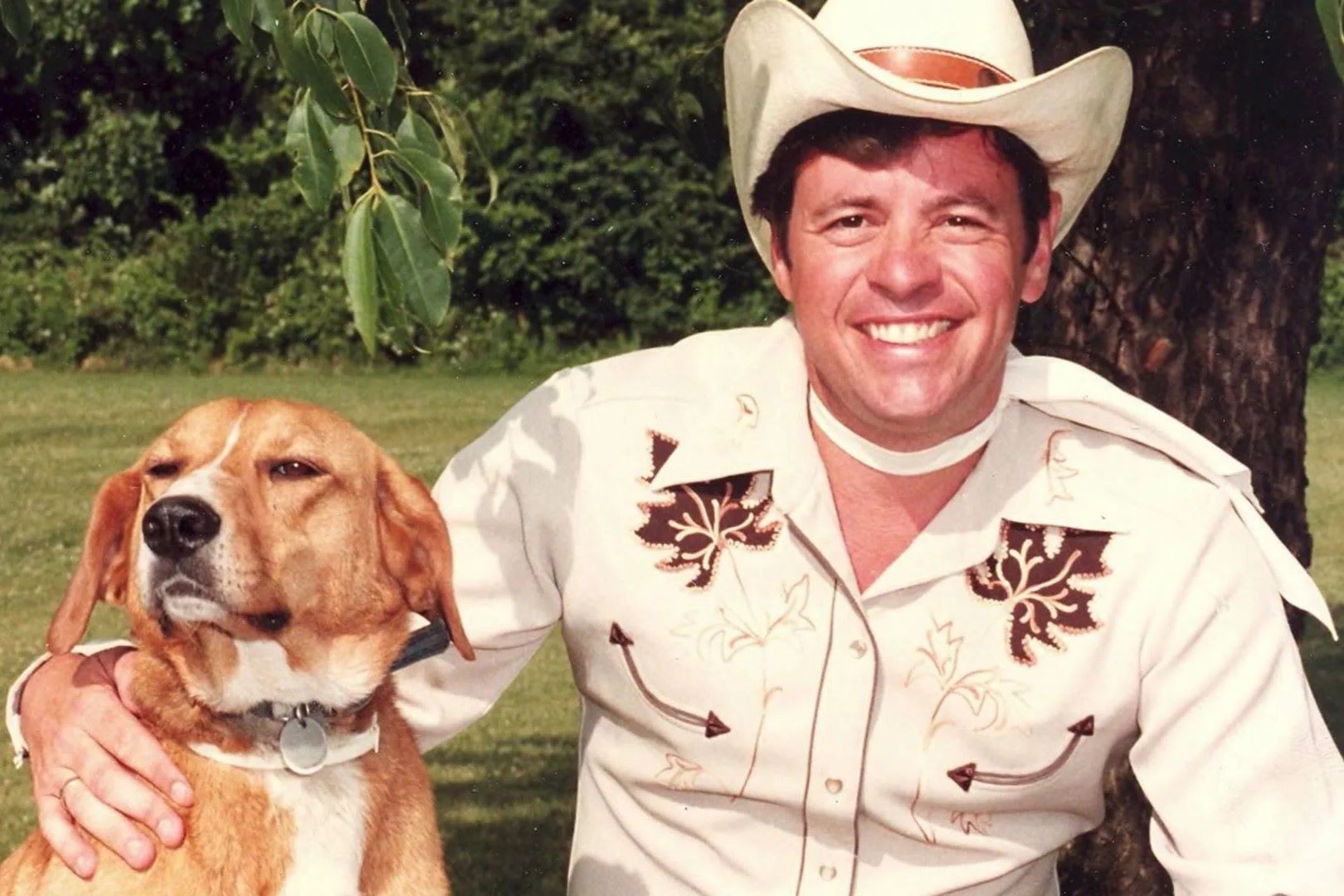
Who was Cowboy Bob? Cowboy Bob, also known as Peggy Jo Tallas, was a bank robber who baffled authorities in the 1990s. Disguised as a man, she pulled off several heists in Texas, earning a reputation for her daring and elusive nature. Why did she rob banks? Peggy Jo turned to crime after facing financial hardships and personal struggles. Her story is a mix of desperation and adventure, capturing the imagination of many. How did she get caught? Despite her clever disguises, Peggy Jo's luck ran out in 2005 when a final robbery led to a fatal confrontation with police. Her life and crimes remain a captivating tale of risk, disguise, and the lengths one might go to survive.
Key Takeaways:
- Cowboy Bob, also known as Thomas Edward Ketchum, was a legendary outlaw in the American Old West, known for his daring train and bank robberies, meticulous planning, and infamous botched execution.
- Cowboy Bob's life and exploits have been immortalized in books, movies, and TV shows, cementing his place in Western folklore and popular culture as a charismatic anti-hero with a lasting impact.
Who Was Cowboy Bob?
Cowboy Bob, also known as Thomas Edward Ketchum, was a notorious outlaw in the American Old West. His life was filled with daring escapades, making him a legendary figure in Western folklore. Here are some fascinating facts about Cowboy Bob that highlight his adventurous life.
- Cowboy Bob was born on October 31, 1863, in San Saba County, Texas.
- His real name was Thomas Edward Ketchum, but he earned the nickname "Black Jack" due to his dark complexion.
- He started his criminal career as a cowboy, working on various ranches in Texas and New Mexico.
- Ketchum joined the Hole-in-the-Wall Gang, a notorious group of outlaws known for their train and bank robberies.
- He was involved in several high-profile train robberies, including the famous 1899 robbery of the Colorado and Southern Railroad.
- Cowboy Bob was known for his meticulous planning and execution of heists, often leaving little evidence behind.
- He was captured in 1901 after a failed train robbery attempt near Folsom, New Mexico.
- During his trial, Ketchum was found guilty of attempted train robbery and sentenced to death by hanging.
- His execution on April 26, 1901, was botched, resulting in his decapitation, which added to his infamous legacy.
- Cowboy Bob's life and exploits have been immortalized in various books, movies, and TV shows, cementing his place in Western folklore.
Early Life and Background
Cowboy Bob's early years were marked by hardship and adventure. His upbringing in the rugged terrain of Texas shaped his future as an outlaw.
- He grew up in a large family with six siblings.
- Ketchum's father died when he was just five years old, leaving his mother to raise the children alone.
- He left home at the age of 16 to work as a cowboy, seeking independence and adventure.
- His early jobs included cattle driving and working on ranches, where he honed his skills as a horseman and marksman.
- Ketchum's first brush with the law came when he was accused of cattle rustling, a common crime in the Old West.
Criminal Career
Cowboy Bob's transition from a cowboy to an outlaw was marked by a series of daring crimes that made him a legend.
- He committed his first major crime in 1892, robbing a store in Liberty, New Mexico.
- Ketchum's criminal activities escalated when he joined the Hole-in-the-Wall Gang, a group of outlaws operating in Wyoming.
- The gang's hideout, located in a remote canyon, provided a safe haven for planning and executing their heists.
- Cowboy Bob's most famous robbery was the 1899 heist of the Colorado and Southern Railroad, where he and his gang made off with a significant amount of money.
- His criminal career was marked by several close calls with law enforcement, but he always managed to evade capture until his final heist.
Capture and Trial
Cowboy Bob's luck eventually ran out, leading to his capture and trial, which became a sensational event.
- He was captured on August 16, 1901, after being wounded during a failed train robbery near Folsom, New Mexico.
- Ketchum was taken to the Santa Fe Penitentiary, where he awaited trial.
- His trial attracted widespread media attention, with many people fascinated by the notorious outlaw's exploits.
- Ketchum was found guilty of attempted train robbery, a capital offense at the time.
- He was sentenced to death by hanging, a punishment that was carried out in Clayton, New Mexico.
Execution and Legacy
Cowboy Bob's execution was as dramatic as his life, adding to his legendary status in Western history.
- His execution on April 26, 1901, was botched, resulting in his decapitation when the rope was too tight.
- The gruesome nature of his death shocked the public and added to his infamous reputation.
- Ketchum's body was buried in the Clayton Cemetery, where his grave remains a point of interest for history enthusiasts.
- His life and death have been the subject of numerous books, movies, and TV shows, keeping his legend alive.
- Cowboy Bob's story is often cited as an example of the lawlessness and danger of the American Old West.
Cultural Impact
Cowboy Bob's life has had a lasting impact on popular culture, influencing various forms of media and entertainment.
- His exploits have been featured in Western novels, comic books, and radio dramas.
- The character of Cowboy Bob has appeared in several Hollywood films, often portrayed as a charismatic anti-hero.
- His story has been adapted into TV shows, with actors like Jack Palance and Robert Redford playing the infamous outlaw.
- Cowboy Bob's life has inspired numerous folk songs and ballads, celebrating his daring escapades.
- His legacy continues to be a source of fascination for historians, writers, and fans of Western folklore.
Final Thoughts on Cowboy Bob
Cowboy Bob's life was a whirlwind of adventure, mystery, and unexpected twists. From his daring bank heists to his surprising reveal as Peggy Jo Tallas, his story captivates and intrigues. His ability to evade capture for years, combined with his unique disguise, makes him a fascinating figure in criminal history. Cowboy Bob's tale reminds us that truth can be stranger than fiction. His legacy lives on, not just as a notorious bank robber, but as a symbol of how appearances can be deceiving. Whether you're a history buff or just love a good story, Cowboy Bob's life offers plenty to ponder. So next time you hear about a seemingly ordinary person, remember Cowboy Bob and the secrets he kept hidden behind that cowboy hat.
Frequently Asked Questions
Was this page helpful?
Our commitment to delivering trustworthy and engaging content is at the heart of what we do. Each fact on our site is contributed by real users like you, bringing a wealth of diverse insights and information. To ensure the highest standards of accuracy and reliability, our dedicated editors meticulously review each submission. This process guarantees that the facts we share are not only fascinating but also credible. Trust in our commitment to quality and authenticity as you explore and learn with us.


